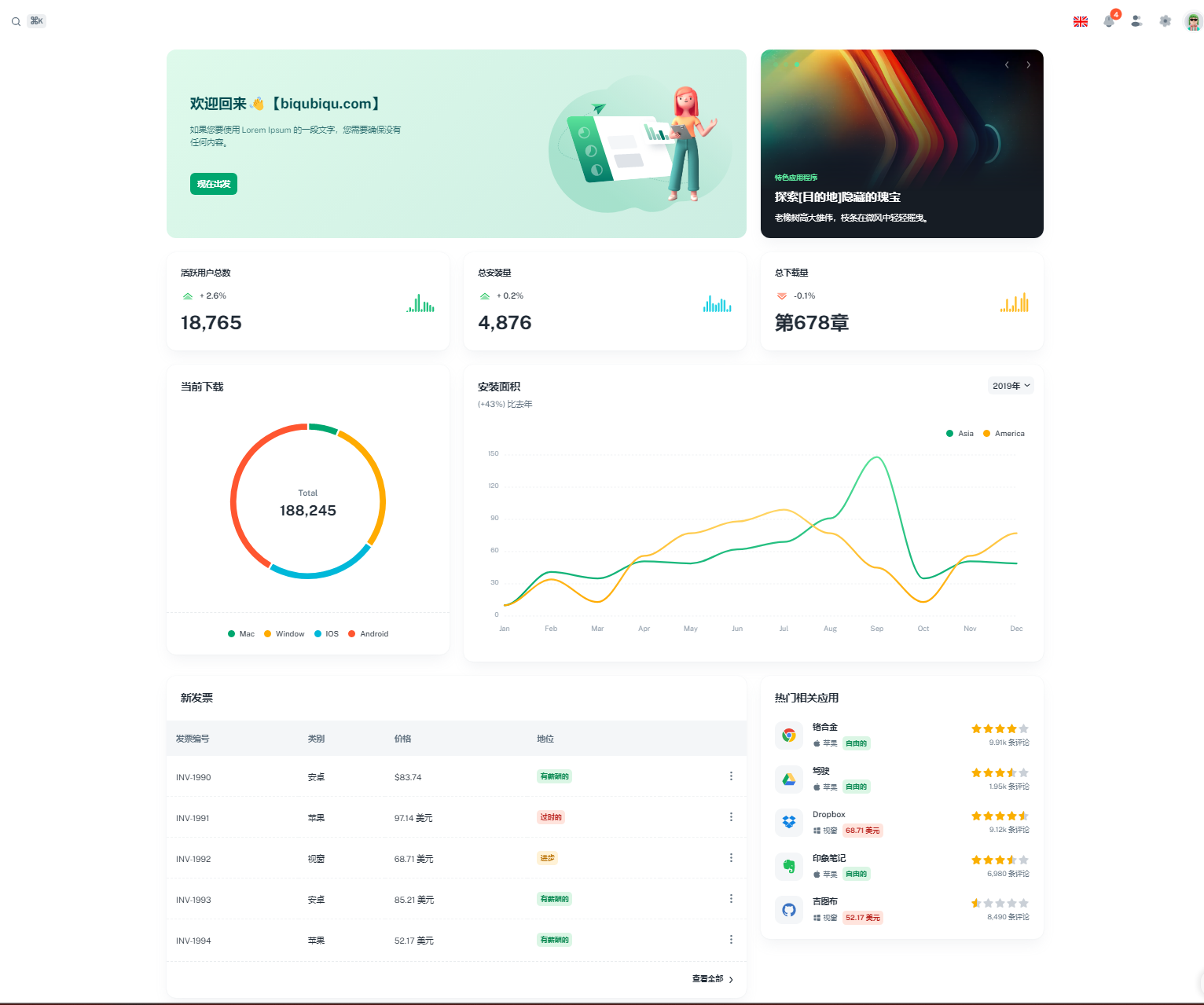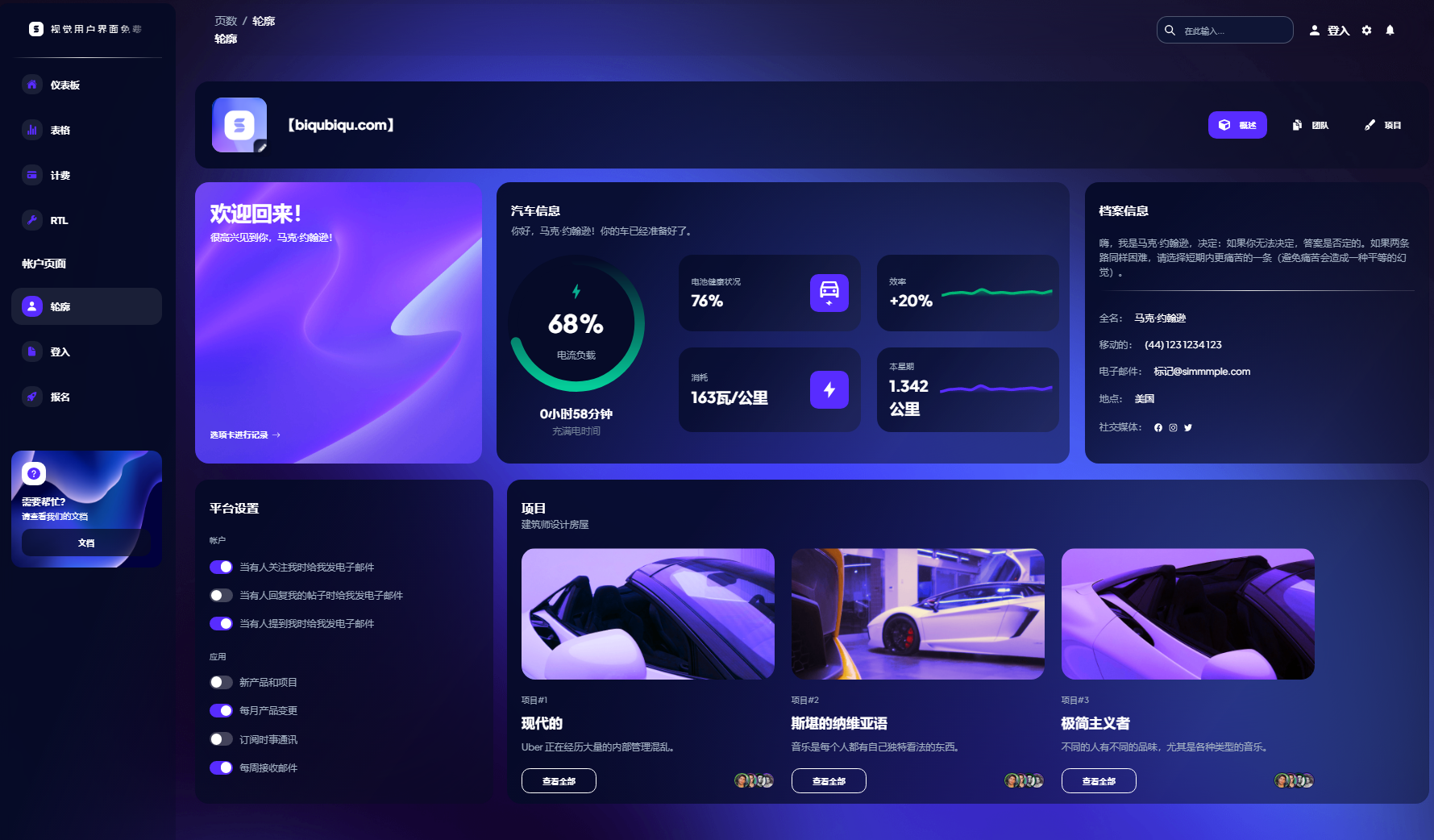安信2娱乐,注册|Creating Effective Email Marketing Campaigns
Creating Effective Email Marketing Campaigns
Email marketing is a powerful way to reach your customers and promote your business. When done correctly, it can be a highly effective way to drive traffic to your website, generate leads, and boost sales.
However, creating an effective email marketing campaign is not always easy. There are a number of factors that you need to consider, including your target audience, your campaign goals, and your email design.
In this article, we will provide you with a step-by-step guide to creating an effective email marketing campaign. We will cover everything from defining your target audience to designing your emails and tracking your results.
Step 1: Define Your Target Audience
The first step in creating an effective email marketing campaign is to define your target audience. Who are you trying to reach with your emails? Once you know who your target audience is, you can tailor your campaign to their specific needs and interests.
To define your target audience, you need to consider the following factors:
Demographics: Age, gender, location, income, education, etc.
Psychographics: Interests, hobbies, values, lifestyle, etc.
Behavioral: Purchase habits, browsing history, email engagement, etc.
You can use a variety of tools to gather data on your target audience, including surveys, polls, and social media analytics.
Step 2: Set Your Campaign Goals
Once you know who your target audience is, you need to set your campaign goals. What do you want to achieve with your campaign? Do you want to drive traffic to your website, generate leads, or boost sales?
Once you know your campaign goals, you can start to develop a strategy to achieve them. For example, if you want to drive traffic to your website, you could include links to your website in your emails. If you want to generate leads, you could include a form in your emails that people can fill out.
Step 3: Design Your Emails
The design of your emails is an important factor in determining their effectiveness. Your emails should be visually appealing and easy to read. They should also be consistent with your brand identity.
When designing your emails, you need to consider the following factors:
Subject line: The subject line is the first thing people will see when they receive your email. It needs to be attention-grabbing and relevant to the content of your email.
Preheader text: The preheader text is the text that appears below the subject line in some email clients. It can be used to provide more information about the content of your email.
Body copy: The body copy is the main text of your email. It should be clear, concise, and easy to read.
Call to action: The call to action is what you want people to do after they read your email. It could be anything from clicking on a link to making a purchase.
You can use a variety of tools to design your emails, including HTML editors and email marketing platforms.
Step 4: Test Your Emails
Before you send your email campaign, it is important to test it to make sure it is working properly. You can do this by sending a test email to yourself or to a group of friends or colleagues.
When testing your email, you need to check the following:
Subject line: Does the subject line accurately reflect the content of your email?
Preheader text: Is the preheader text clear and concise?
Body copy: Is the body copy easy to read and understand?
Call to action: Is the call to action clear and easy to follow?

Links: Do all of the links in your email work properly?
You can also use a variety of tools to test the deliverability of your emails. This will help you ensure that your emails are reaching the intended recipients.
Step 5: Send Your Campaign
Once you have tested your email campaign and are satisfied with the results, you can send it to your target audience. You can do this using an email marketing platform or by using the email client of your choice.
When sending your campaign, you need to consider the following factors:
Send time: The best time to send your emails will depend on your target audience. For example, if you are targeting business professionals, you may want to send your emails during the work day.
Send frequency: How often you send emails to your list will depend on your campaign goals and the preferences of your subscribers.
Segmentation: You can segment your email list into different groups based on their interests, demographics, or behavior. This will allow you to send more targeted emails that are more likely to resonate with your subscribers.
Step 6: Track Your Results
Once you have sent your email campaign, it is important to track your results to see how it performed. You can do this using the analytics features of your email marketing platform.
When tracking your results, you need to consider the following metrics:
Open rate: The open rate is the percentage of people who opened your email.
Click-through rate: The click-through rate is the percentage of people who clicked on a link in your email.

Conversion rate: The conversion rate is the percentage of people who took the desired action after clicking on a link in your email.
By tracking your results, you can see what is working and what is not. This will allow you to make improvements to your email marketing campaigns over time.
Conclusion
Creating effective email marketing campaigns is a complex process, but it is also a rewarding one. By following the steps outlined in this article, you can create campaigns that will help you achieve your business goals.
